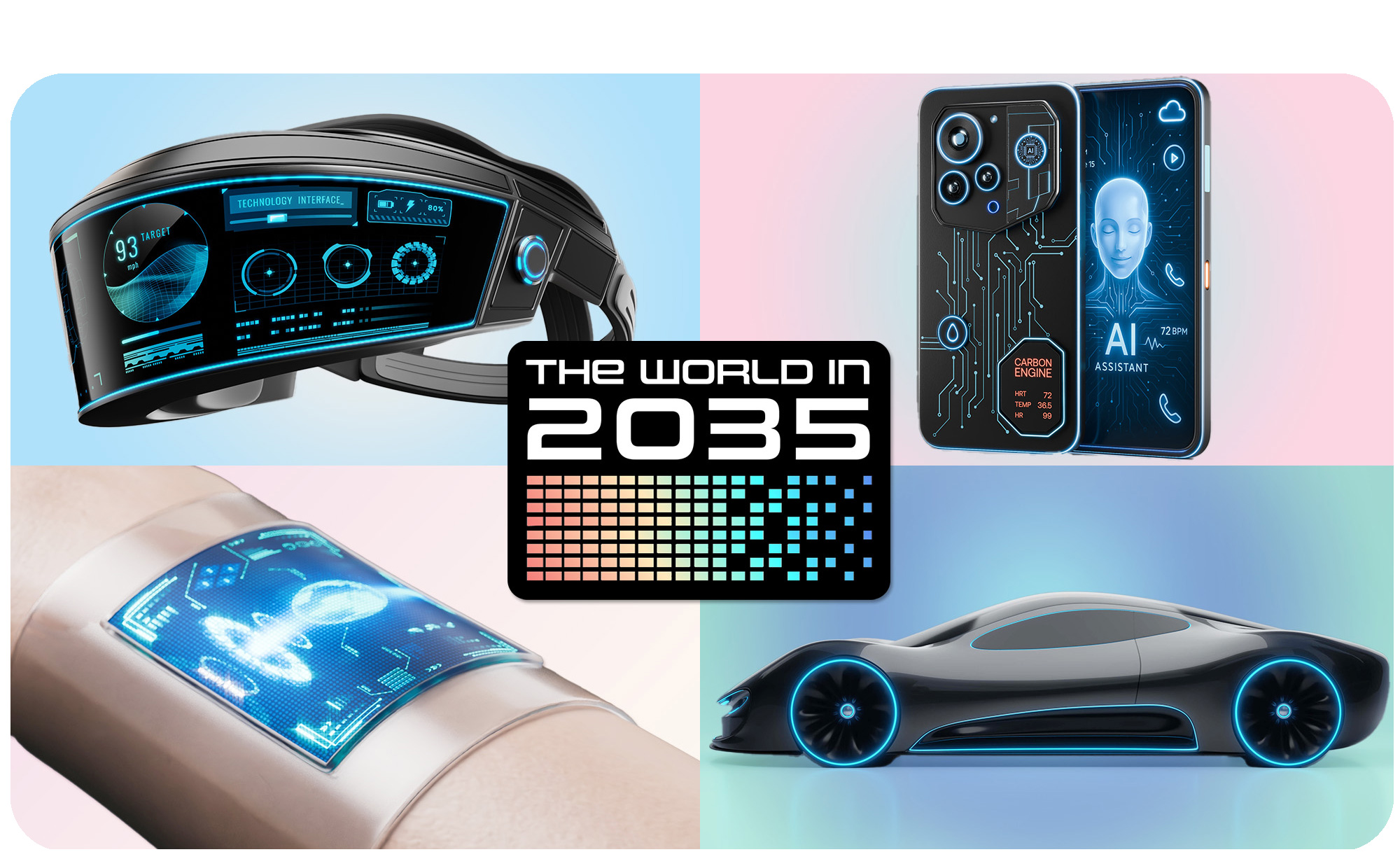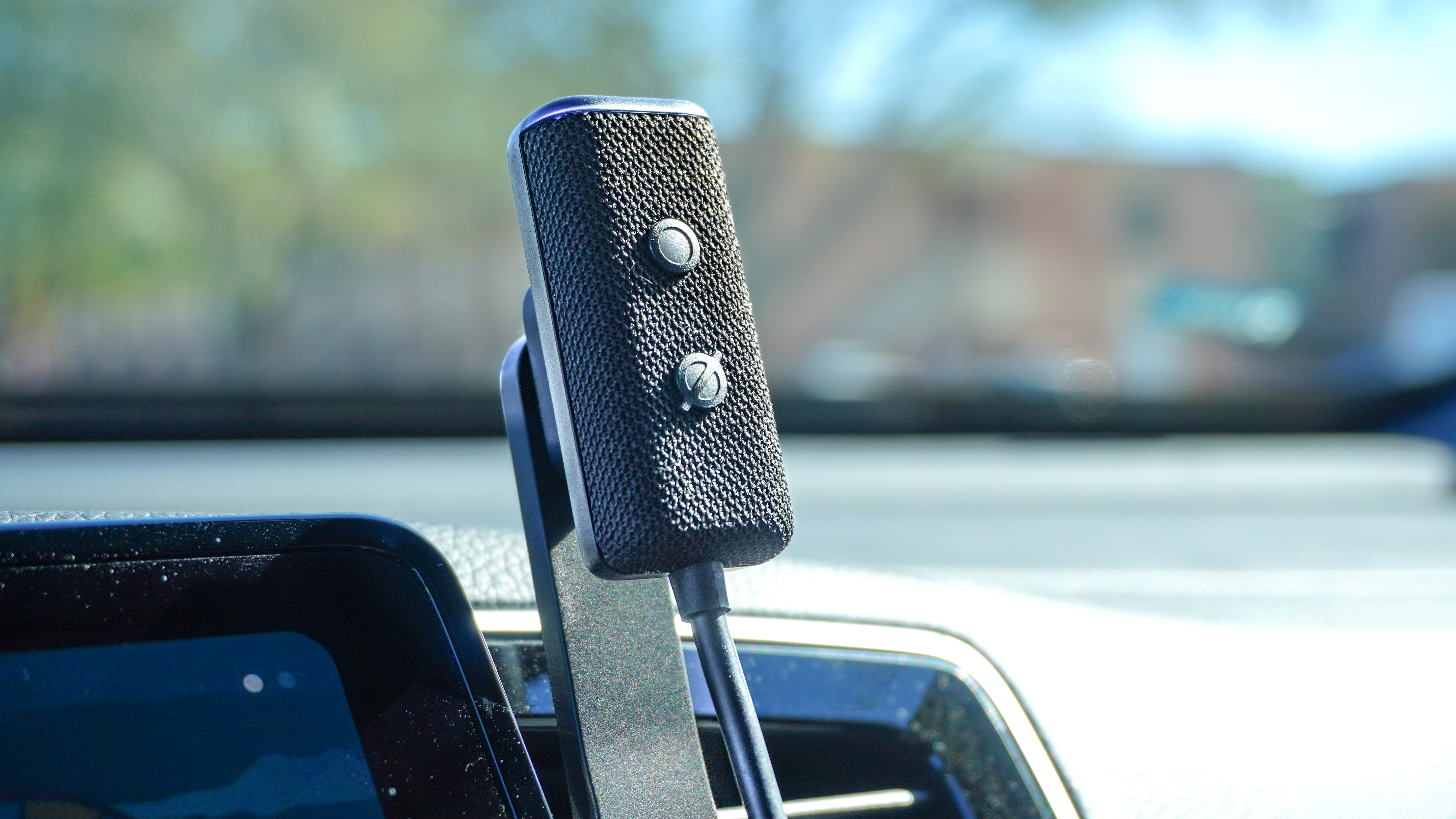I stepped 10 years into the future of smart glasses — here's why they are about to change everything
The holy grail combination of AI and AR is coming
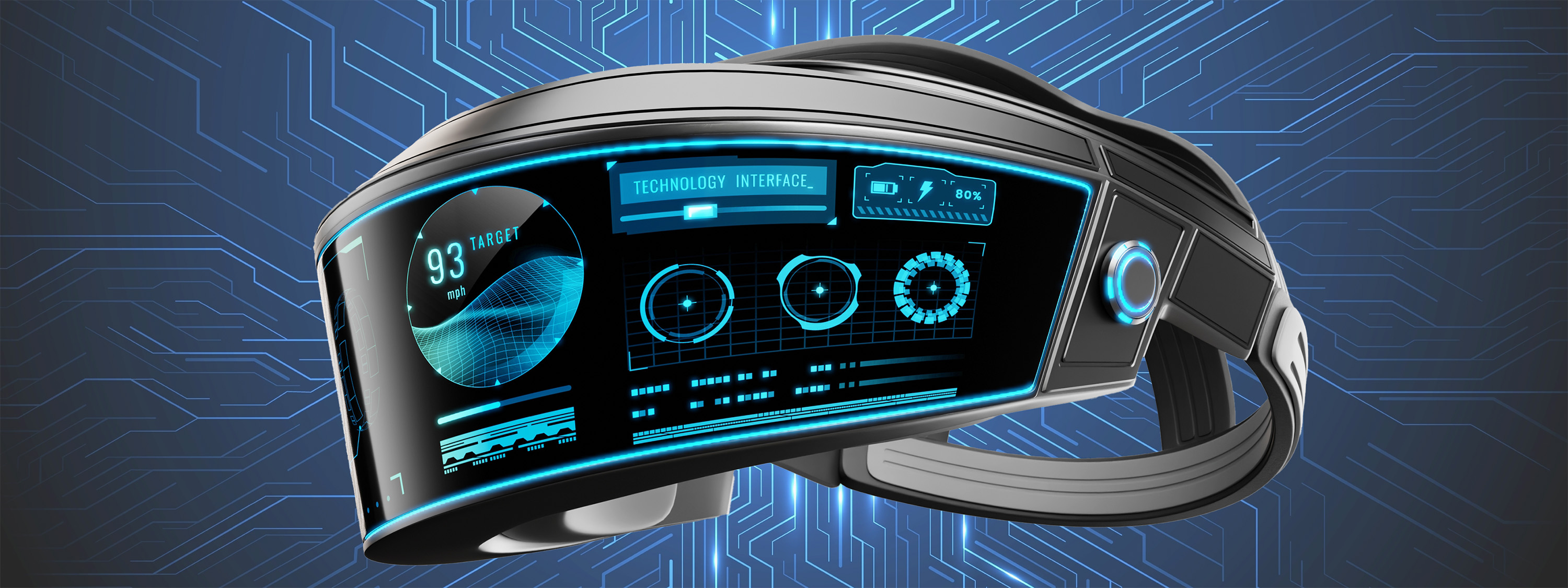
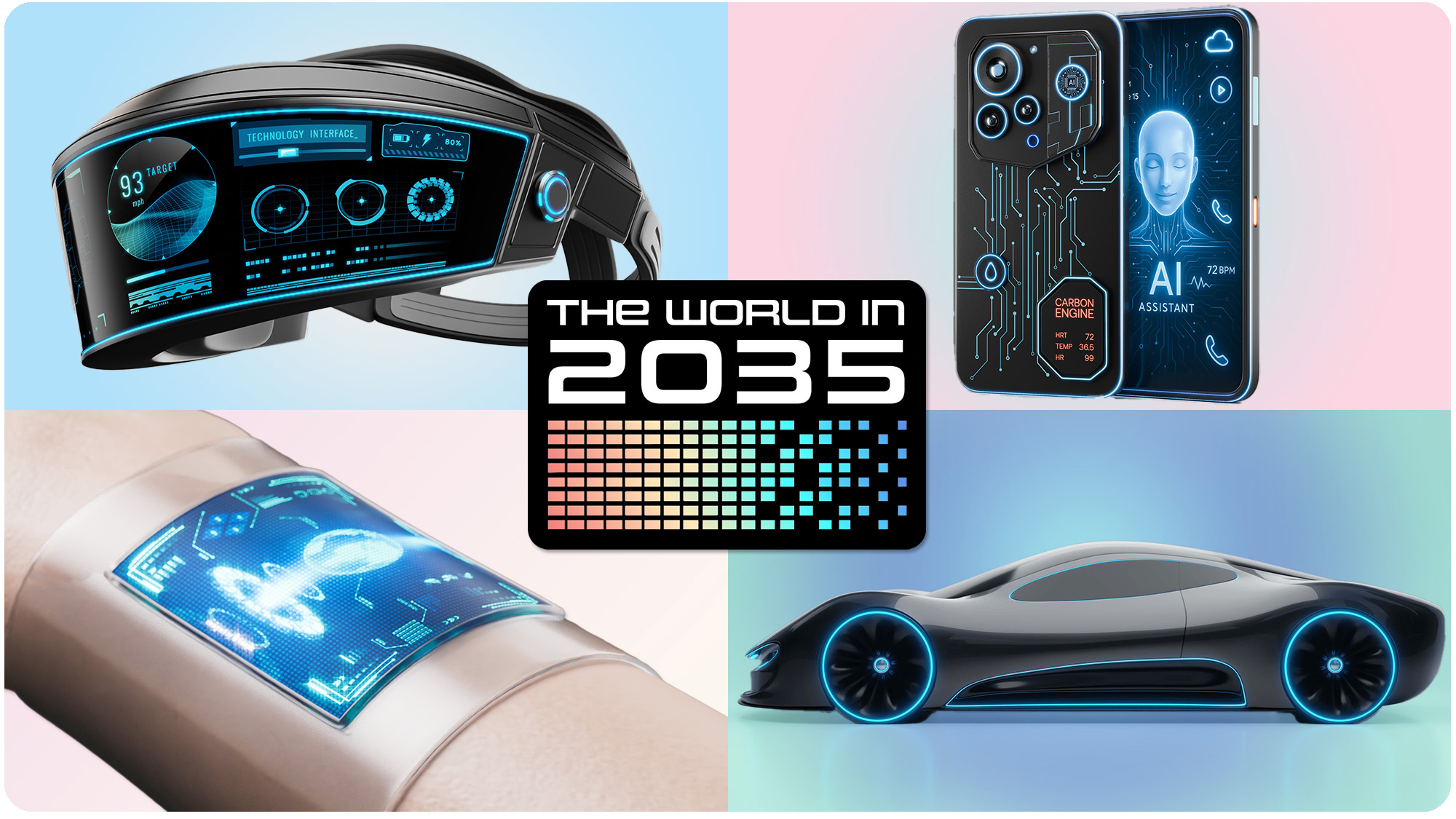
AI | Smart Glasses | Wearable Tech
Smartphones | iPhones | Robots | Cars | TVs
Ever since I sprinted across Las Vegas in 2017 to pick up a pair of Snapchat Spectacles from a vending machine, smart glasses have changed drastically over the last eight years.
From glorified camera glasses and a wearable external monitor, and all the way to an AI-infused pair of specs, we’ve been through it all to make it to this very moment – and the moment we’re in is an interesting one. That’s because we all see what we want our smart glasses to be, but in something significantly bigger: VR headsets.
Currently, these are very different devices, running along two parallel trajectories of development. But after speaking to Snap, Qualcomm and more, it’s clear that the race is on to find the middle ground between these two — to be first to a truly AI-infused augmented spatial future of wearables.
With significant developments tackling the key challenges, this 10-year race could very much see the device that could kill the smartphone and be the next big thing.
Every big company you know is in the running, with Meta’s Project Orion prototype charging into the lead, Android XR and Snap’s new consumer specs catching up, and even Apple is “hell-bent” on making its own glasses.
Let’s take a look at where we are now, why smart glasses are indeed the next big thing, and what it will take to get there.

Smart glasses: Where we are now?
If you take a look at the best smart glasses you can buy right now, you’ve got two categories: AI and AR specs.
AI glasses like the Ray-Ban Meta Smart Glasses bring the power of multi-modality to something that is super wearable. And you can see the real benefits they bring — from asking quick questions like your standard smart assistant to detailed prompts understanding the world around you.
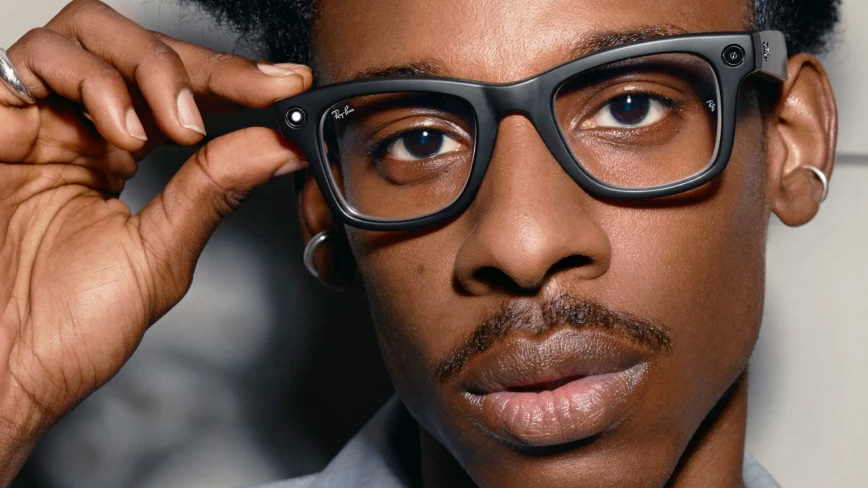
In fact, sales of Ray-Ban Meta glasses so far this year have more than tripled compared to the same time last year, which is more than 200% growth. That’s according to EssilorLuxottica, which owns smart glasses brands like Ray-Ban and Oakley.
Every big company you know is in the running to develop smart glasses — this race could very well birth the device that kills the smartphone and becomes the next big thing in tech.
For me, they really come into their own when I’m travelling. Putting ingredients on a counter and asking for a recipe of what to cook is always a massive help; live translation is a huge move to bridge the gaps of understanding; and asking for more information on historic locations gives you new context like a tour guide.
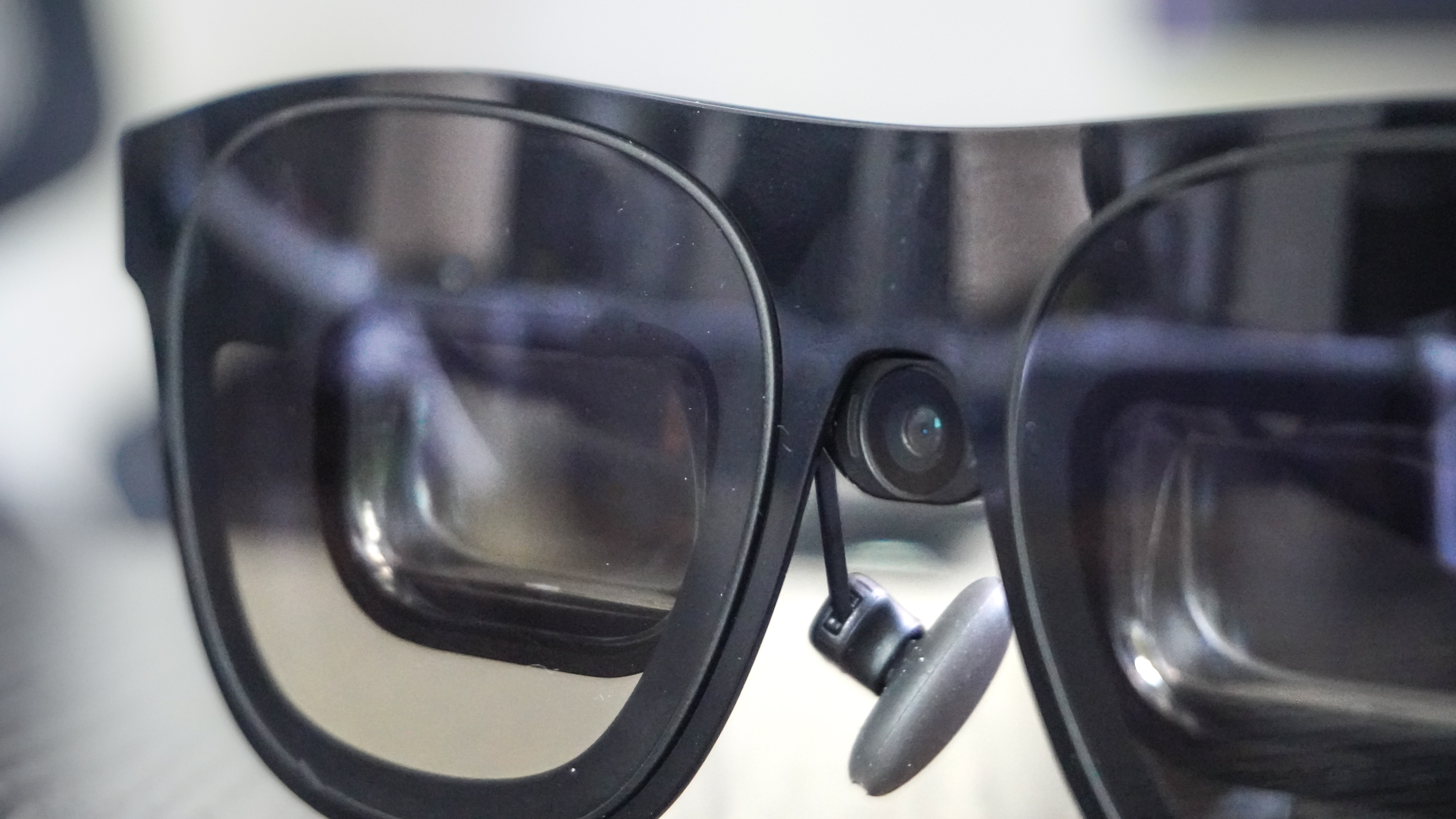
Then you’ve got AR glasses — essentially a portable external monitor that has been shrunk down into a pair of glasses. With the micro-OLED display tech projecting into prisms in front of the lenses, you can get a 100+ inch display wherever you go.
That is huge for long distance travel. Something like the Xreal One Pro specs really come in clutch for reducing the neck strain of looking down at my laptop or Steam Deck. Those prisms don’t make them great for walking around with, but they are the best realization of a screen in your glasses right now.
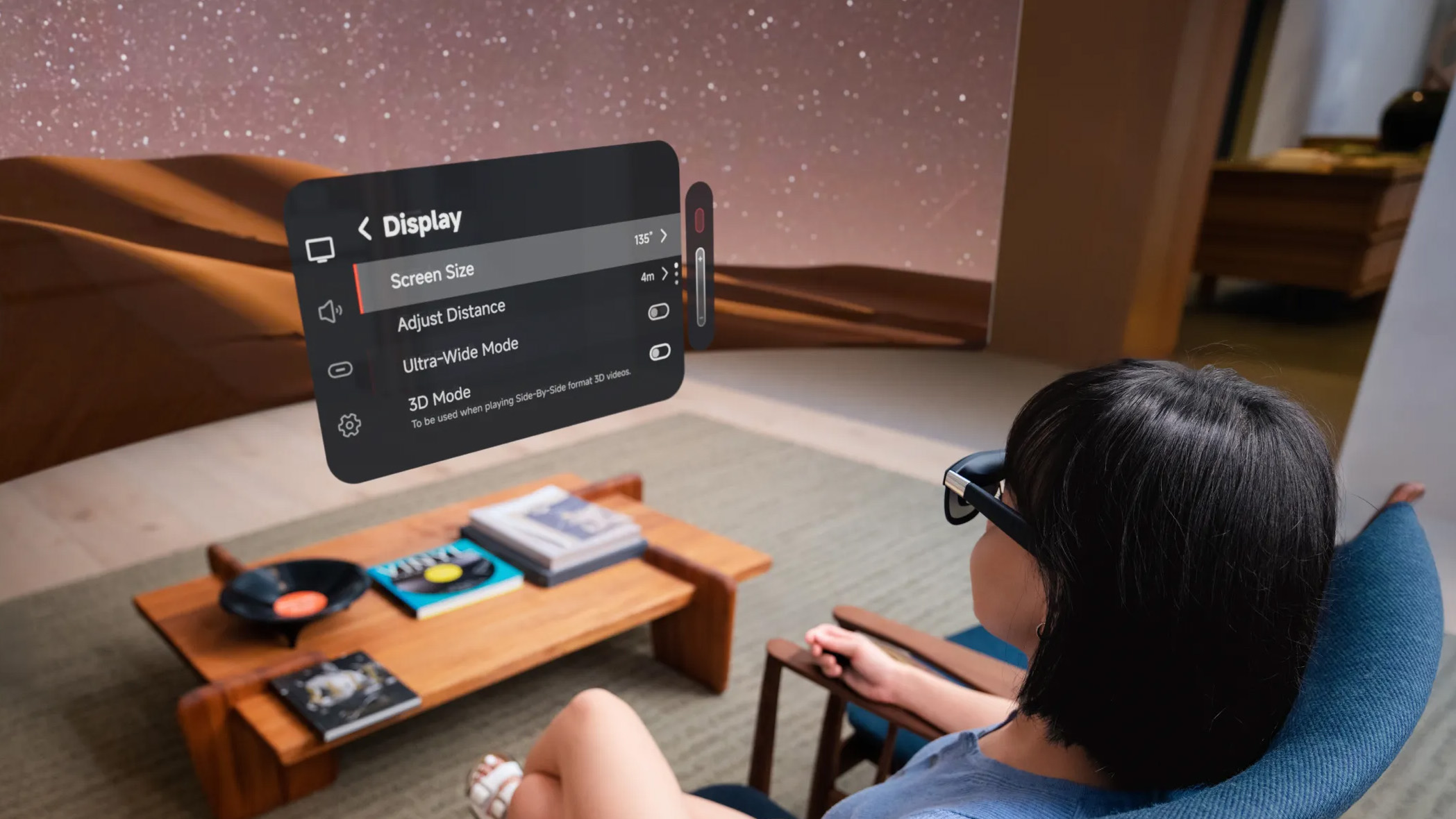
And the ever increasing capabilities to simulate an ultra-wide display or use depth-of-field tracking tech (known as 6DoF) to anchor something in place is a signifier of far greater capabilities going forward.
I mean, just take a look at the spatial widgets announced in visionOS 26 — with 6DoF, that is possible with glasses. It’s clear that while Apple Vision Pro opened the door to spatial computing, a whole lot of software from Cupertino’s AR play to SnapOS and even Meta’s OS in the Quest 3 are all previews of what you will get in glasses.
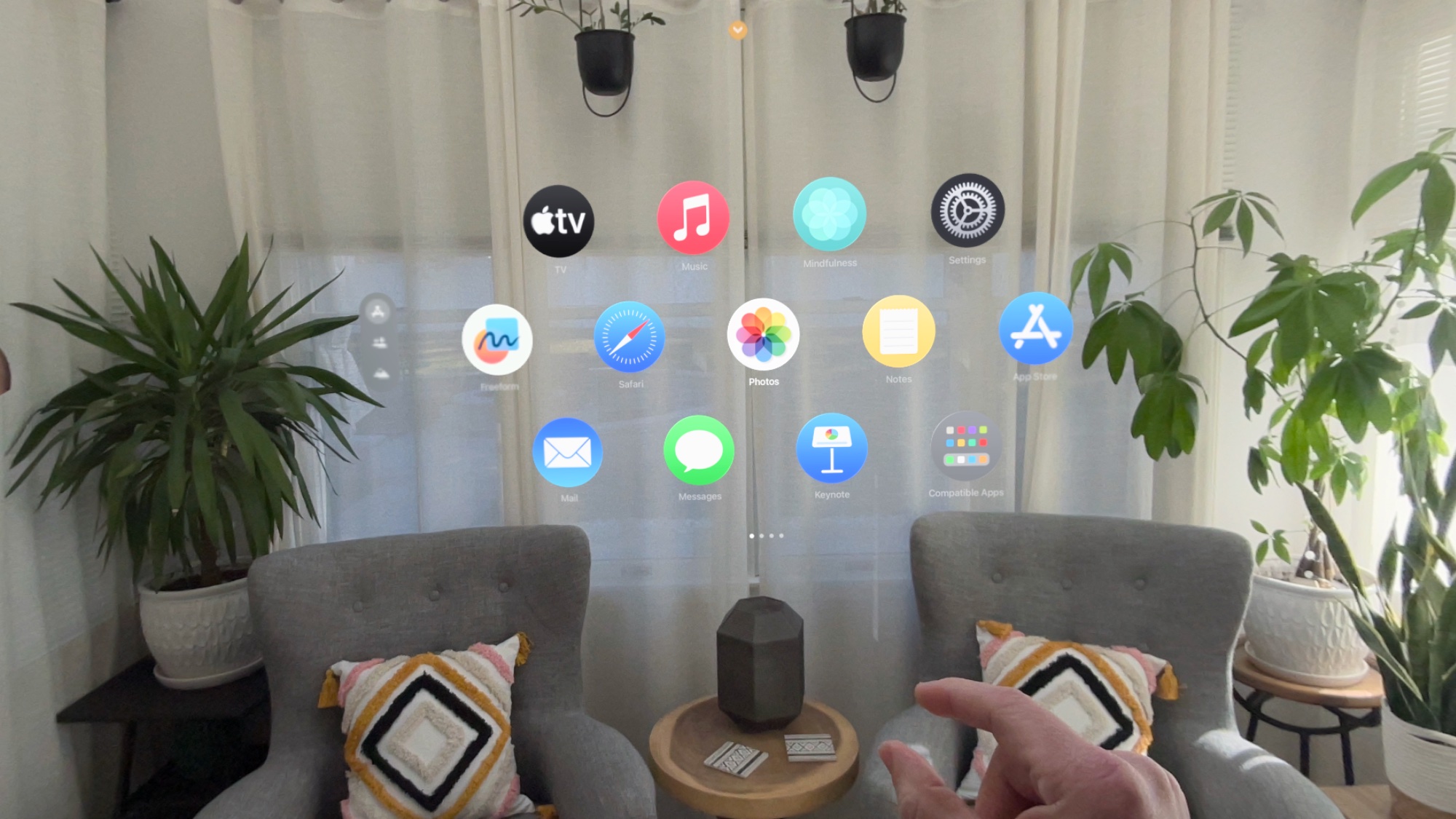
Or if you wanted to go even more “tin foil hat conspiracy” with me, I’d argue that the new Liquid Glass design motif of Apple’s software is subtly training us to get used to smart glasses. That transparency does make things a little harder to read, but users will adapt — just in time for new specs. But the end-goal is far greater than that.

The future: Bringing AI and AR together
The mission for the future is to bring both AR and AI together, as the possibilities are huge.
Removing the smartphone from the equation to ensure someone is present in the moment is the pinnacle to the digital detox movement that is starting to happen — smart glasses that bring both AI and AR to the table are key to this.
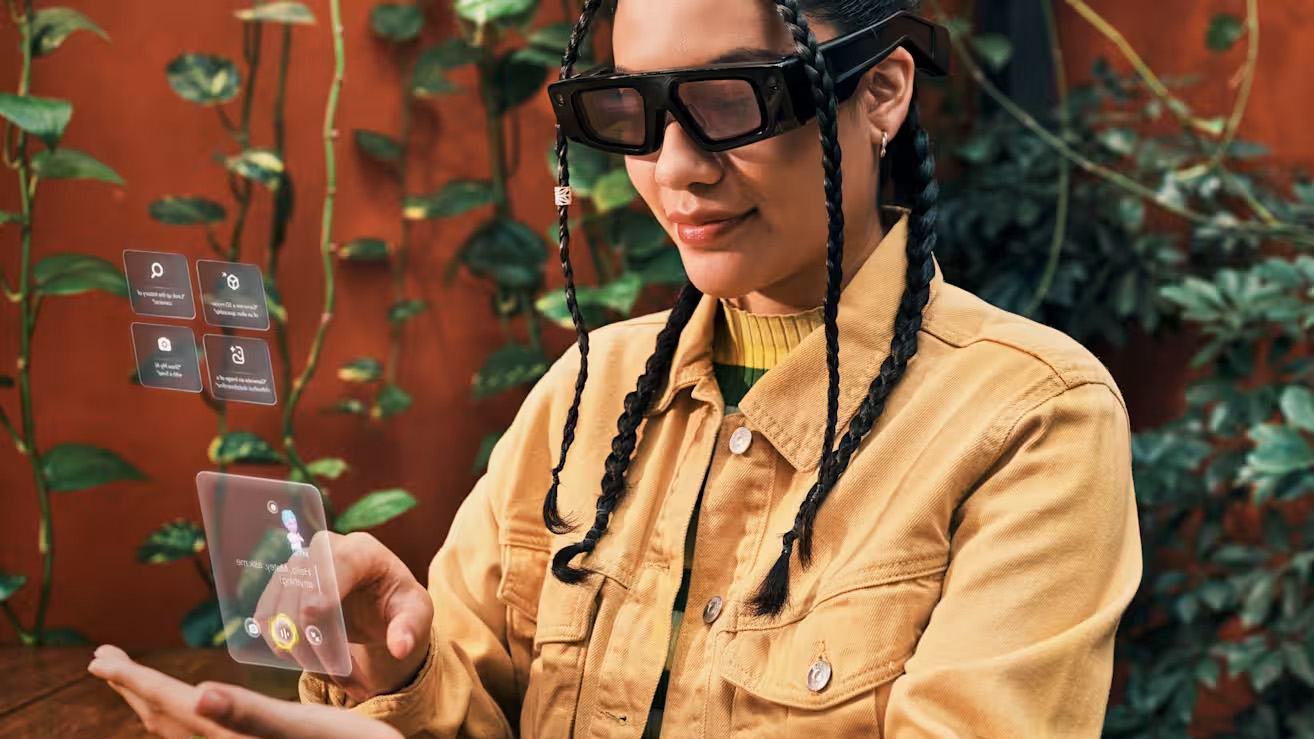
“I am somewhat worried my kids think I look like this,” said Scott Myers, VP of hardware engineering at Snap Inc. — holding up a smartphone to his face and talking about how they have become distraction devices.
"Specs are the next generation of computing, and they're a powerful, wearable computer in a lightweight glasses form factor. And because they naturally integrate digital experiences with the physical world and enable me to look up at the world, I'll stop pulling out my phone so much, or maybe I don't need to take my tablet with me on trips anymore."
Imagine that same recipe situation as above, but with an image-based guide supplementing it, too. Or that same moment of discovering historical monuments, but having map pins identify every single one to visit.

The challenges for AI/AR smart glasses
While all these companies have their own ideas of what the dream smart glasses are, all are in agreement that there are fundamental key challenges to be solved here.
Displays need to get better
Right now, you’ve got a pick of two ways to do this: a glass prism that an OLED picture is projected into (commonly called “bird baths” and seen in the Viture Luma Pros), or a particular section of the glasses lens being etched to refract light from the arm (named “waveguide”).
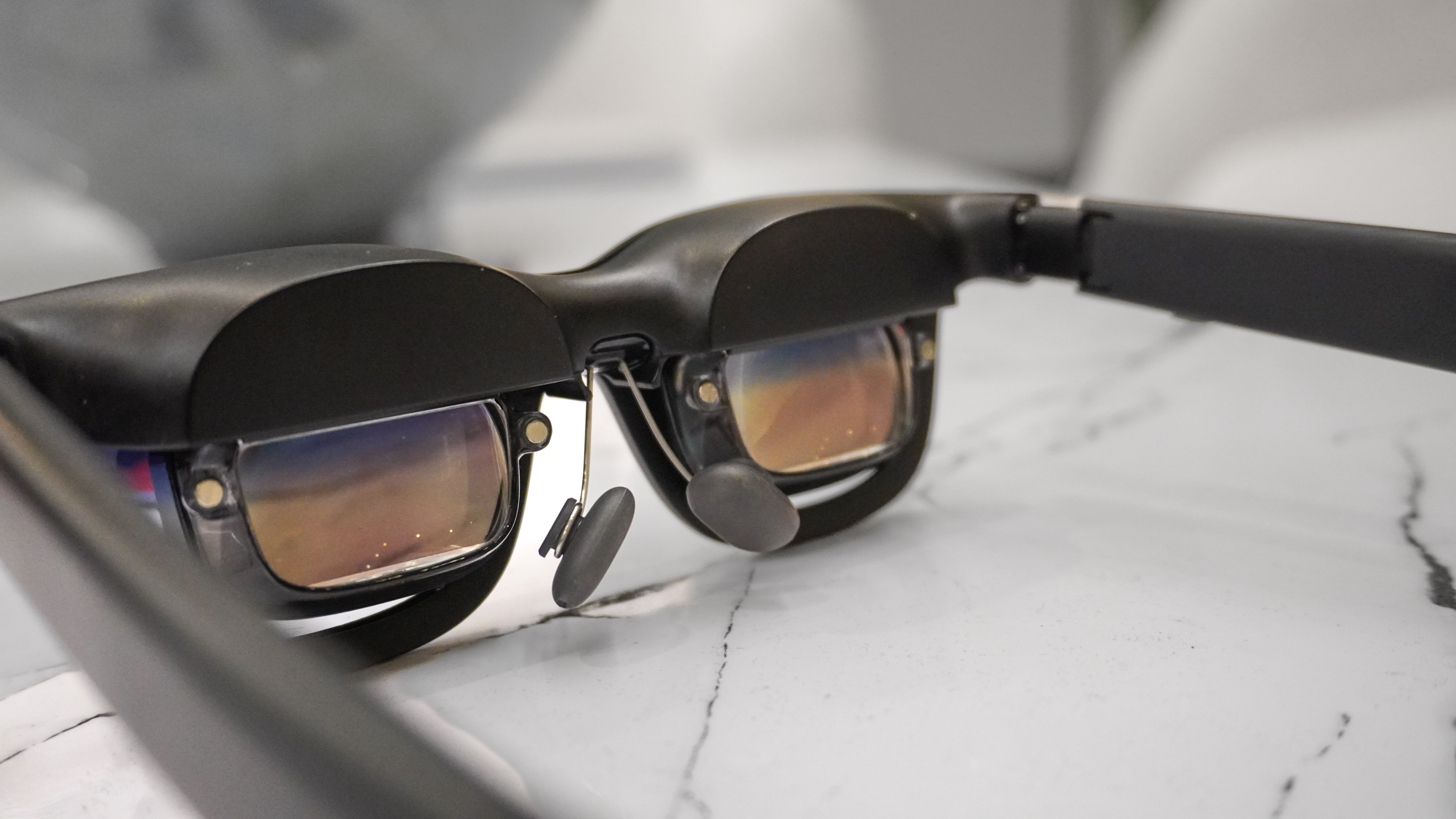
Bird baths have the better, wider picture quality, but glasses have to be slightly bigger to house them — looking like the spy glasses you get at the Scholastic book fair. Meanwhile, the waveguide is certainly a lot more subtle, but being the size of a miniature postage stamp on one lens does lead to the display being way smaller and worse in quality.
But companies like Lumus are quietly working on this in the background, and working with a lot of big names in the industry. The secret sauce is reflective Waveguides.
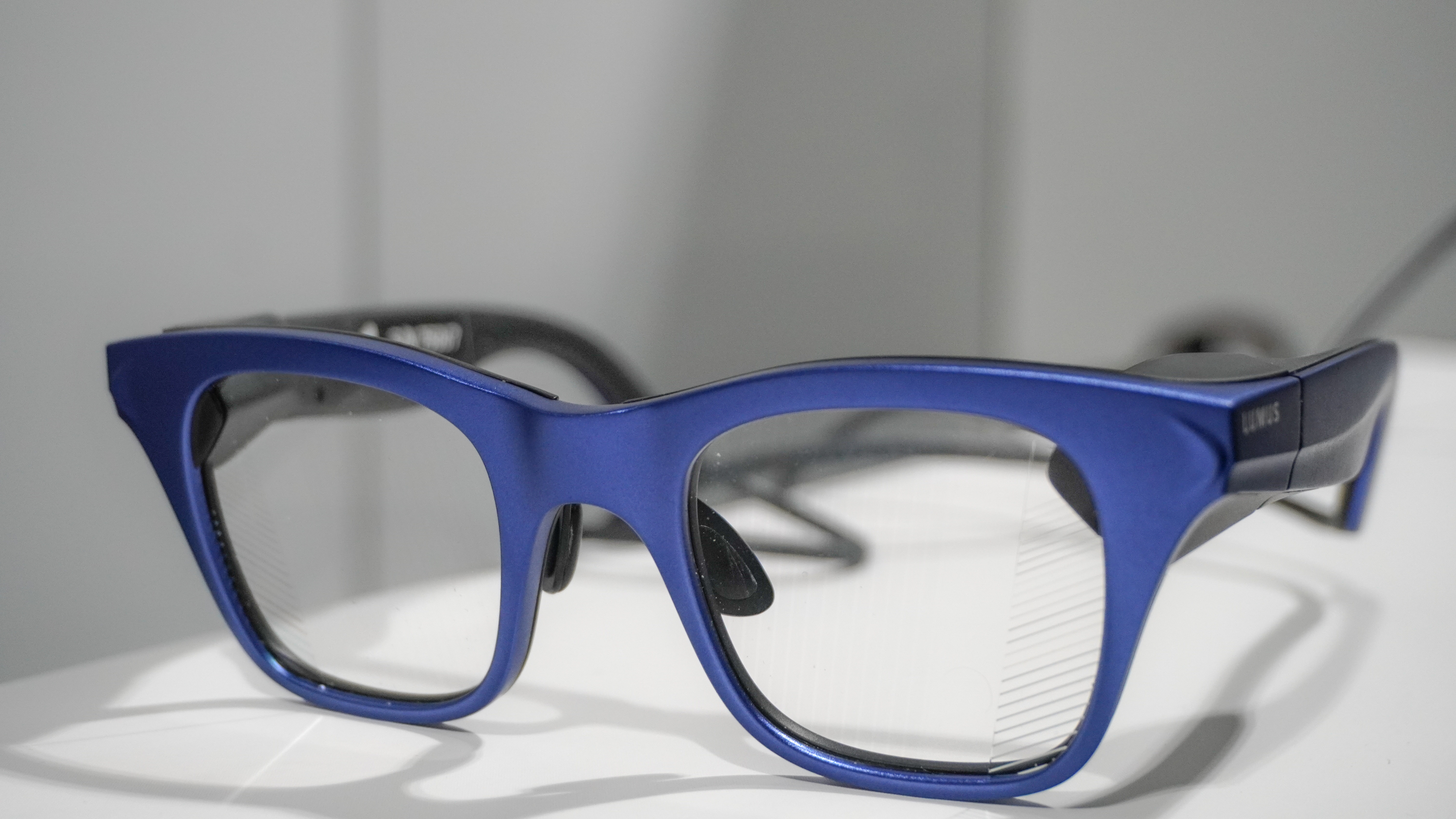
“With the geometric waveguide lenses we’re making, you can get a far wider field of view while not compromising on the picture quality or brightness needed to see it in daylight, " said David Golman, VP of marketing and communications at Lumus. “Not only that, but with the liquid crystal display potential, you can actually improve a person’s vision too.”
The challenge is to get the best of both worlds here — ditching the bird baths to provide full clarity of the world around you like a regular pair of glasses, while still offering that same level of screen quality for both full immersion and augmenting your surroundings.
Break the reliance on other devices
This comes down to one thing: getting a chip powerful enough to stuff entirely on the glasses without any need to connect to another device.
At the moment, we’re either limited to AR glasses having a chip that tricks your laptop into thinking you have a 32:9 ultrawide monitor on your face (typing this on my ultrawide Xreal Ones right now on a plane), or a fast but limited chip to keep latency sort of low between making an AI request through your specs and the phone doing the heavy lifting (looking at you, Ray-Ban Metas).
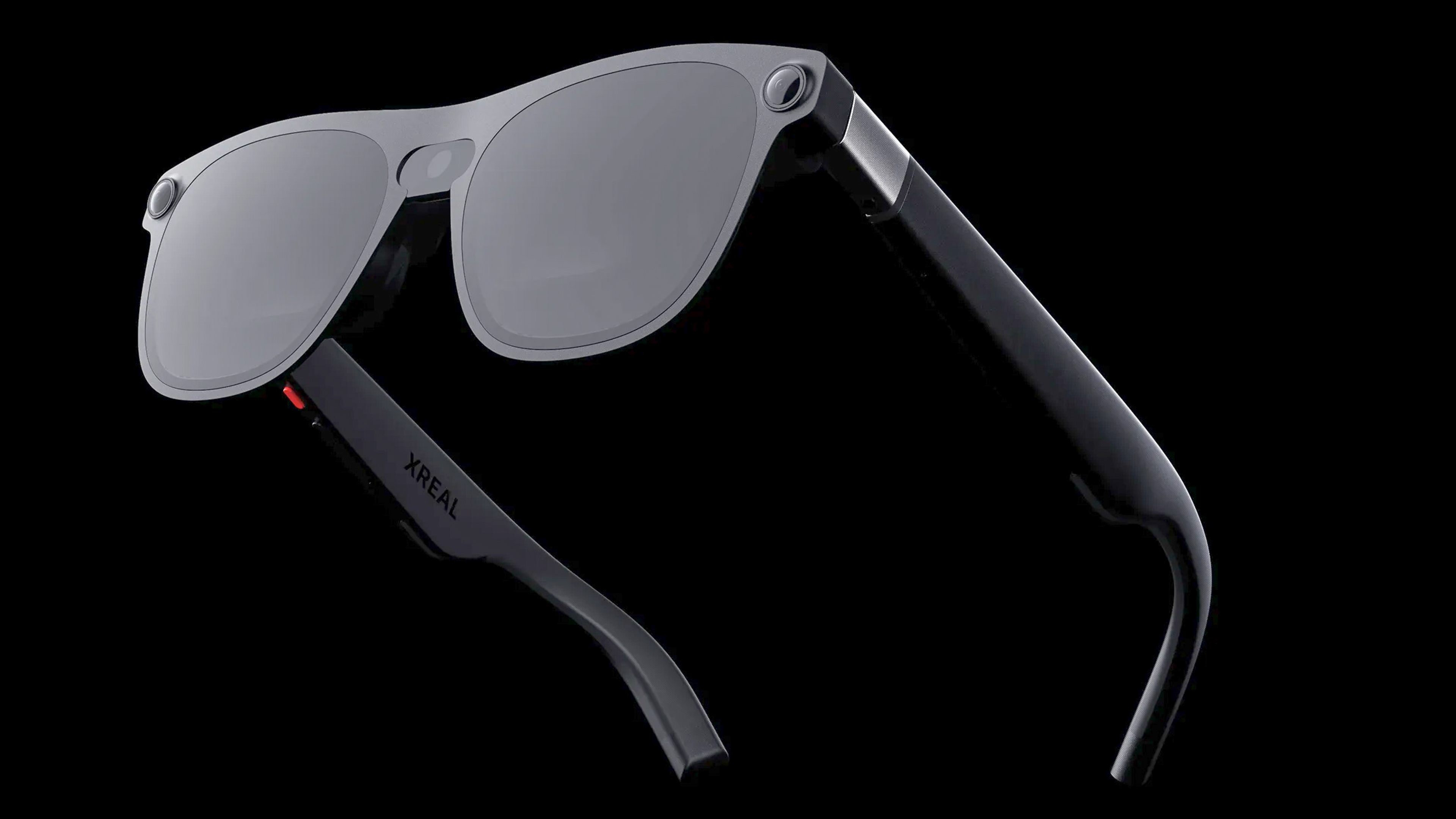
Looking forward to the mid-term future, the answer seems to be a puck, like what you see in Meta’s Project Orion – a dedicated device to fuel the experience. Other companies agree. You see this in Xreal’s Project Aura and Qualcomm believes this concept is on a spectrum.
“Some operators would love a glass that is connected directly to 5G, and we will work on that. Others want sports glasses for going on a run, and others will just want a general assistant,” said Said Bakadir, VP Product Management at Qualcomm. “I think we’re gonna see that spectrum evolving from something that is minimum possible in the glass to getting rid of other devices.”
However, if smart glasses are truly going to take off, there can’t be any pucks or separate devices. We need it all to work entirely on the glasses for this to be the same truly disruptive iPhone-esque moment for consumer tech.
Developers, developers, developers!
Speaking of the iPhone, you may not know this given how much of a global icon it is now, but the real breakthrough for Apple’s mini slab didn’t really arrive until the app store one year later.
Opening up a platform for developers to create their own experiences for people to use creates an evergrowing list of reasons to buy your device, and AR glasses need that moment.
So far, there hasn’t really been a shared app marketplace for people to download onto AR glasses like the app store. But two things may flip this entirely on its head: Android XR bringing the Google Play Store to specs, and Snap’s new consumer glasses channeling the word of devs creating hundreds of thousands of lenses over the past few years.
“We're really here to build this with the community because it’s an entirely new paradigm,” said Snap’s Myers. “There's a lot of things that will take time for people to understand and figure out. It's not just going to be, “oh, here you go, developers — come build for this!” That's not going to work in my opinion. It's a community-led discussion and I couldn't be happier with that.”
The constant stream of new apps to the smart glasses of the future needs to become as synonymous as the app store is to the iPhone.
All-day stamina guaranteed
Batteries are not ready for prime time in smart glasses — the longevity of lithium ion cells are always heavily compromised by the limited capacity balanced by ensuring the glasses are not too heavy on someone’s face.
The end result is making sure you’re careful with the number of interactions you make with your Ray-Ban Meta shades at the moment. Fortunately, Meta is on the right track of improving this with the Oakley Meta HSTN glasses effectively doubling the longevity. That being said, there’s still a way to go.
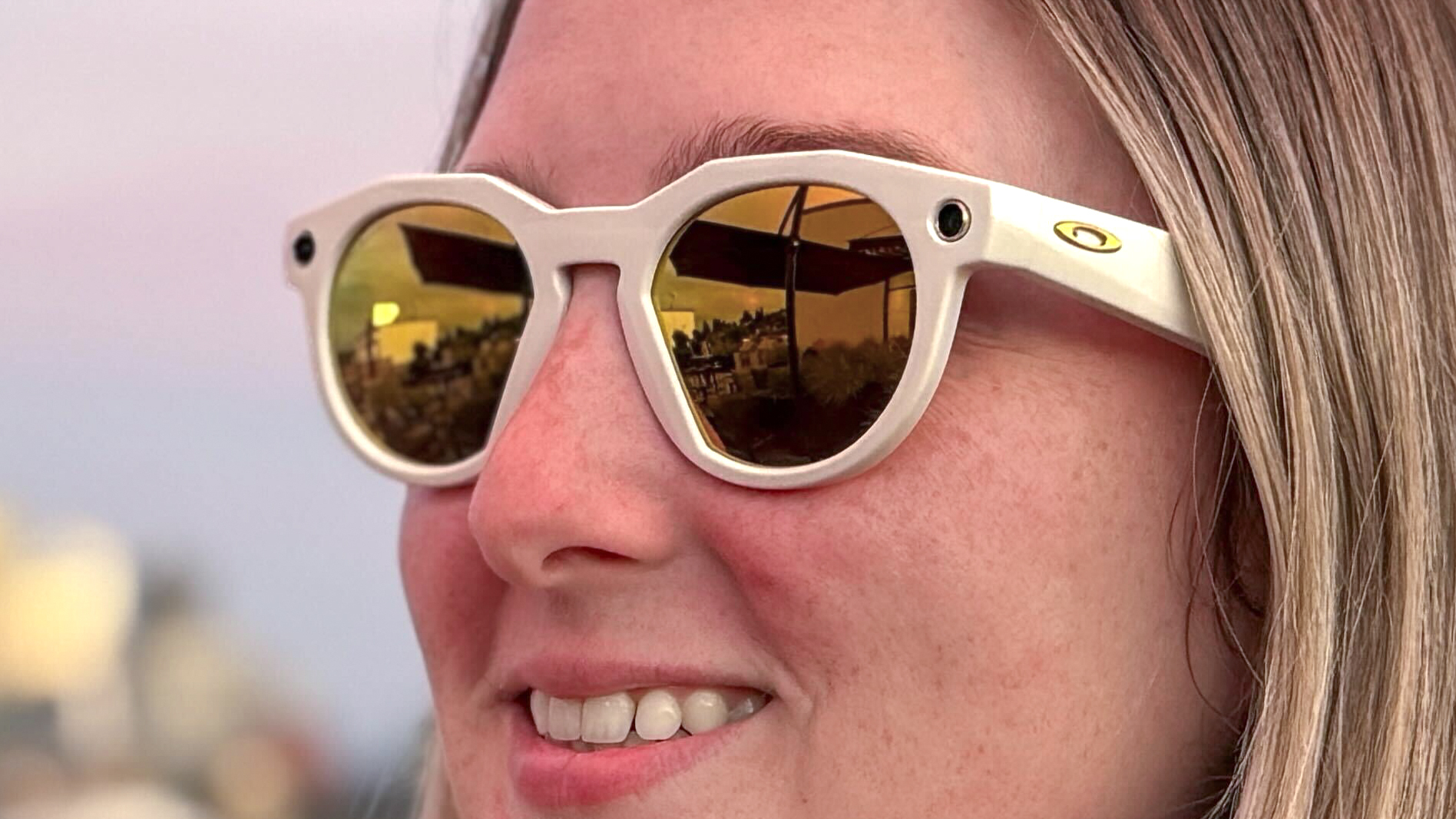
What’s the answer? Nobody is quite sure yet, but it seems to start with the direction smartphones are heading in: silicon carbon. This next generation battery tech is able to pack more power within the same space, meaning this could be a starting point to move forward.
The other thing the industry has learned, just like Meta did with the Ray-Bans, is how battery life is all about calculating and optimizing the software usage to every microwatt.
"I worked on smartphones for a very long time, said Myers. “While the battery capacity has grown pretty consistently, it's really the way people are using the software that has gotten much better. We see the same trajectory for Snap OS.”

AI is the key to it all
If Ray-Ban Meta smart glasses prove one thing, it’s that when it comes to AI devices, glasses are the best realization of that vision — better than Rabbit R1, better than the Humane AI Pin.
But even more than that, we’ve seen multi-modal AI unlock some truly useful features in a pair of smart glasses. Because at the end of the day, you want your glasses to do more than tell you you’re looking at a tree.
“AI will be the core intelligence layer. It will understand context, proactively assist, personalize the interface in real time. Wearables will evolve from tools into true companions — adaptive, discreet, and intuitive.”
— David Jiang, CEO of Viture
“XR, for me, is the best interface to interacting with the digital world. What happened in the digital world is being transformed with AI. So it just happens that this AI requires multi-modality.” said Qualcomm’s Bakadir
Whether I’m exploring the world and want extra facts about a landmark, or I’m stuck on things to eat and want some assistance on what to make from the things in my fridge, having AI directly on your face is the most natural form factor.
“AI will be the core intelligence layer. It will understand context, proactively assist, personalize the interface in real time. Wearables will evolve from tools into true companions — adaptive, discreet, and intuitive.” said David Jiang, CEO of Viture.
We’ve made small steps towards that with Snapdragon AR1+ Gen 1 — allowing you to run a 1-billion parameter AI model entirely locally. That is significant for the future of smart glasses, but it’s only one step forward.
Now the next step is moving into agentic AI and personalization — using data to train your own device around you for more proactive, more agentic assistance that can help before you even think you were going to look for help.

Sensing you and the world
Remember when the Apple Watch came out? The real reason for it existing didn’t come until a few years in. When those sensors came into their own, it became the go-to health tracker that it is now.
I feel that the moment is coming for smart glasses. The use cases are currently limited, but the moment we start sticking sensors on them, not only would you be able to track physical health, you could even track emotional health, too.
“We believe that understanding emotions is a force multiplier for AI, in terms of it being effective for you in the context of wearing glasses all day. If you want AI to be really effective for you, it’s critical that it understands how you’re feeling in real-time." said Streen Strand, Emteq CEO.
And why wouldn’t you? In a February survey by Sentio University, 96% of AI users reach out for some therapeutic advice.
Sensor tech is looking like a key focal point of the future of smart glasses — fueling not just eye-tracking and hand gestures, but pairing with AI for more personalization.
“We believe that understanding emotions is a force multiplier for AI, in terms of it being effective for you in the context of wearing glasses all day. If you want AI to be really effective for you, it’s critical that it understands how you’re feeling in real-time."
— Streen Strand, Emteq CEO

But are we actually ready for them?
We’ve done this dance before. Remember Google Glass? There’s a reason why the phrase “glassholes” exists, and it’s because of the social stigma that came with wearing this advanced piece of tech directly on your face.
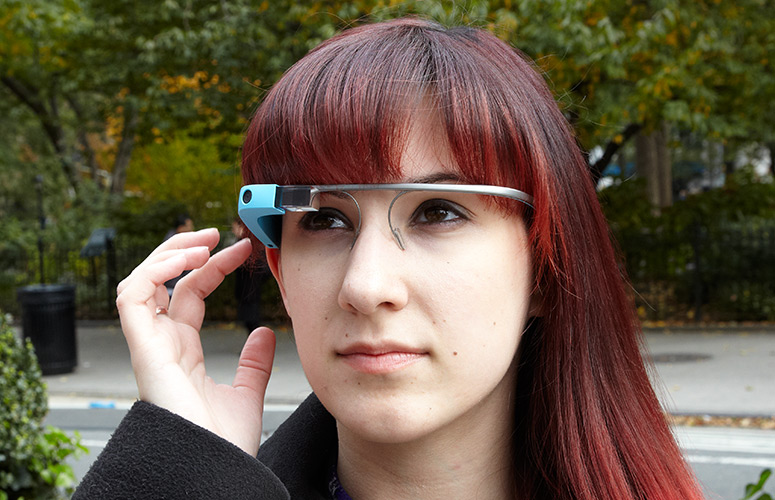
Every new tech category goes through a settling-in process around the way they disrupt common social cues, as they move from seeming traditionally impolite to just being the way things are. But with display tech in smart glasses, I feel that hump of social acceptance is going to take a bit more time to get used to.
A great example is the Halliday glasses, which beams a 3.5-inch projected display into your eye from the top rim of the specs. All you have to do is look up at it, which on paper is seriously impressive. However, during my time talking to people wearing them at CES 2025, the amount of perceived eyerolls I got as they looked up to the screen did certainly make me feel like an inconvenience!
And then more broadly with the display tech of tomorrow, you’ll never really know whether someone is actually looking at you.
At least with current bird bath panels making for slightly larger specs, you’re giving off a big enough “do not disturb” signal. But when they disappear and the transition to waveguide happens, it will take time for society to acclimatize.
“We all lose our time to these black rectangles called smartphones, so I see waveguides on smart glasses as a great thing to just glance at when notifications roll in without taking my phone out. But my wife is always on edge about whether I am actually paying attention to her.” said Lumus’ Goldman.
“It’s not like smartphones in that it’s passive AI. There needs to be an AI actively listening to you that memorizes your routines, your conversations, everything about your day to deliver that efficient lifestyle.”
— Carter Hou, CEO and Co-founder of Halliday
Then, of course, there’s the privacy concerns of wearing an always-on device on your face. How do you give permission to be seen by these glasses? What does that look like?
We saw these become big issues with Google Glass in the early 2010s, and with a personalized AI assistant that needs to be always running to understand you, the worries will be significant and warranted.
“It’s not like smartphones in that it’s passive AI. There needs to be an AI actively listening to you that memorizes your routines, your conversations, everything about your day to deliver that efficient lifestyle.” said Carter Hou, CEO and Co-founder of Halliday.
I know there are significant technical challenges on the road between where we are now and 2035, but more than anything, the cultural one is going to be the bigger mountain to climb.
We’ve already gotten over the “wearing glasses even though you don’t need to” one (look at hipsters wearing spectacles with no lenses for example) — and surely it’ll be a matter of time before the technological aspect just becomes a social norm, rather than people asking “is that a camera in your glasses?”

Closer than you think
There is a grand vision for 2035, but the future of smart glasses is a lot closer than you think. I initially thought that the race to XR is only just beginning to heat up, but in reality, it’s already at fever pitch.
With rumored next-gen Ray-Ban Meta smart glasses, the impending launch of Snap Specs in 2026, and let’s not forget Apple being “hell-bent on creating an industry-leading product before Meta can,” we’re on the precipice of seeing the next step forward in this space.
But what makes this category so fascinating to me is that no one company has all the answers. Every dreamer in this area has one piece of the puzzle, and I do believe that in ten years time, these will all come together to become that next category-defining product — that smartphone moment for wearable technology.
So buckle up, because it’s going to be a helluva ride over the next decade.


Jason brings a decade of tech and gaming journalism experience to his role as a Managing Editor of Computing at Tom's Guide. He has previously written for Laptop Mag, Tom's Hardware, Kotaku, Stuff and BBC Science Focus. In his spare time, you'll find Jason looking for good dogs to pet or thinking about eating pizza if he isn't already.
You must confirm your public display name before commenting
Please logout and then login again, you will then be prompted to enter your display name.
